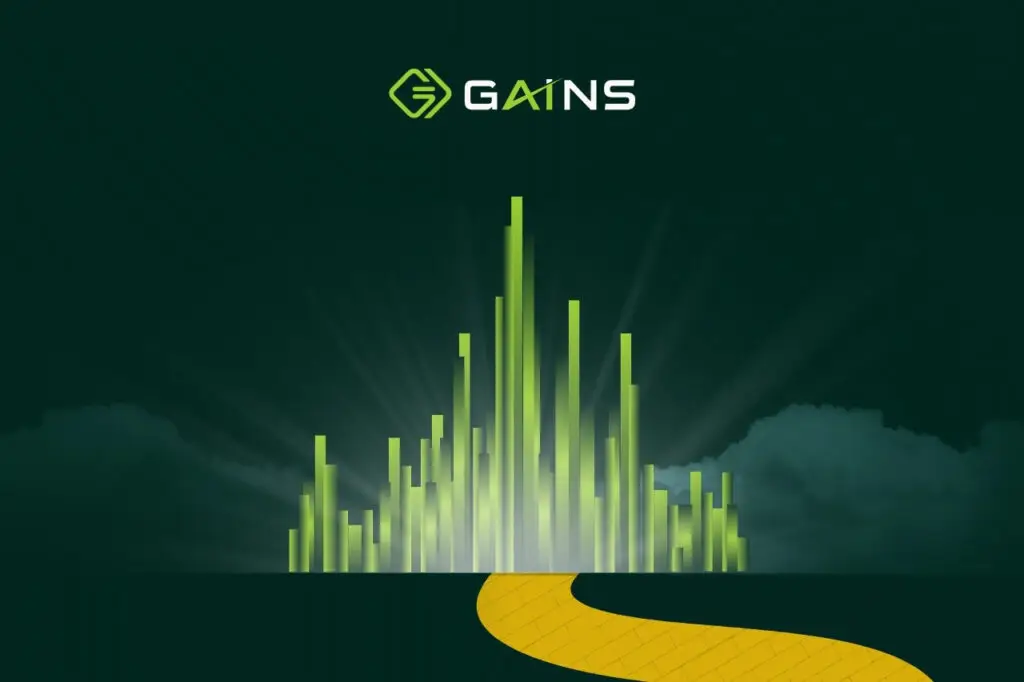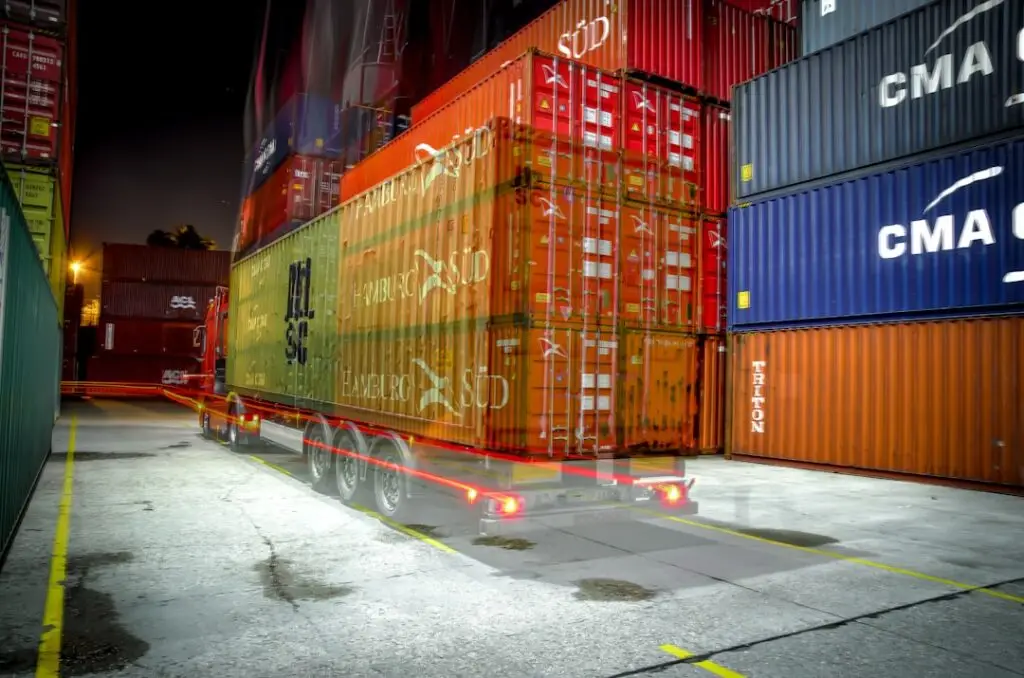If you feel like every board memo now includes the line “do something with AI,” you’re not alone. The pressure is real. But here’s the thing supply chain leaders know in their bones: AI is a tool, not a strategy. It can sharpen decisions, speed routine work, and surface patterns we might miss—but it doesn’t replace the judgment earned from years of planning, supplier calls, late-night expedites, and living with the consequences.
AI is One Tool in a Larger Toolbox
Too often, AI gets treated as a silver bullet. In reality, it sits alongside other proven methods—data science, operations research, optimization—that supply chain teams have relied on for decades. The question isn’t “Where can we use AI?” but “What decision are we trying to improve, and what’s the best method to get there?”
When you start with the decision you want to tackle—improving forecast accuracy, reducing lead time risk, or automating routine orders—you can then decide if AI, optimization, or a combination of approaches will deliver the most impact.
Why Human Expertise Still Matters
There’s talk of autonomous supply chains, but in reality, human judgment remains critical. Today’s AI is most effective when it augments planners by:
- Identifying anomalies and exceptions early on
- Improving data quality and filling in gaps
- Providing recommendations with an explanation.
Planners bring the context: understanding trade-offs, managing risk, and making calls when data alone isn’t enough. The partnership—machine-driven insights paired with human expertise—is where value is created.
Three Areas Where Pragmatic AI Delivers
1. Forecasting that Looks Ahead
Traditional forecasting relies heavily on past sales. By integrating external signals like market conditions and economic data, machine learning models can reduce forecast error by 20–30%, giving planners greater confidence in their demand signal and the ability to hold less safety stock without risking service.
2. Lead Time Prediction That Saves Millions
Lead time is one of the most underestimated levers in supply chain. Overstate it and you carry excess inventory; understate it and you risk stockouts. AI models that factor in supplier behavior, logistics modes, and macroeconomic shifts can improve accuracy dramatically. In the case of one GAINS customer, it resulted in a 65% improvement in lead-time prediction, 18% fewer lost sales, and $21 million in freed-up inventory—all with a payback measured in weeks, not years. Read the full case study to learn more.
3. Order Automation that Learns from the Best
Most purchasing processes still depend on static rules and manual review. AI can assess purchase orders line by line, apply multi-constraint optimization, and most importantly, learn from the adjustments made by top-performing buyers. This reduces routine workload—fewer than 5% of lines needing intervention—and allows skilled professionals to focus on supplier management and strategic sourcing.
Where Agentic AI Fits
Agentic AI—large language models connected to planning tools—is emerging quickly. The most realistic applications today are as assistants: guiding users, connecting data sources, and accelerating workflows. Full autonomy will come selectively, but for now, the safest and most effective approach is to keep humans in the loop while leveraging AI to reduce friction and speed up decisions.
[Whitepaper] Agentic AI Meets DEO: Orchestrating the Future of Supply Chains
Take a Pragmatic Approach
If you’re just beginning your AI journey:
- Focus on one KPI—like lead time accuracy or forecast error—that you can measure.
- Use AI to complement existing methods, not replace them.
- Keep explainability front and center to build trust across the team.
- Design for flexibility, so you can add new AI services as they mature.
AI is delivering value in supply chain today—but the organizations getting results aren’t chasing hype. They’re applying it pragmatically, balancing advanced techniques with domain expertise, and focusing on measurable business outcomes.
For a deeper look at these use cases and the results companies are achieving, view the webinar – AI Wars: The Data Awakens — How Supply Chain Leaders Are Using AI Today.



